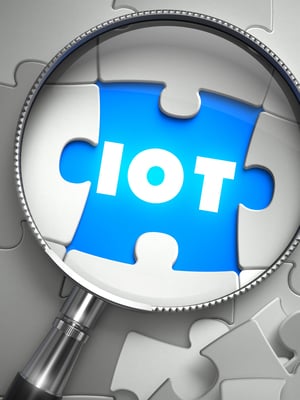The Internet of Things (IoT) widely recoginsing to play a vital role in smart cities and the smart governments. It is recognized as a means to improve almost every service in a city.
Our new ebook "The 5 innovations that will disrupt civil infrastructure management" highlights what is currently happening within the sector, revealing how you can benefit from a range of new technologies today.
Contemporary IoT technologies, various platforms for data analysis and services based on sensors are providing new ways to analyze and understand urban problems. In order to handle estimated population growth smart cities will use real-time data to solve traffic problems, reduce CO2 emissions and thus improve the quality of life of the inhabitants. Real-time data from Wi-Fi access points on lampposts provides information about the traffic flow. Thereafter this data is sent to the traffic management system to optimize travel times and to prevent congestion.
IoT in construction
IoT in construction can be divided into safety management, predictive maintenance, remote operations and fleet management tools. Remote operation is expected to account for the largest percentage of the market over the next five years due to demand for machine control and real-time monitoring.
The IoT can help firms deliver projects on time and on budget by tracking deliveries through fleet management systems and alerting managers when materials are delayed or sent in the wrong quantity. It also enables the monitoring of worker location and productivity to ensure employees are in the right place at the right time.
Wearable devices
Wearable devices have become a widely adopted component of the IoT and have considerable potential for increasing safety across major infrastructure projects. By combining devices carried by workers or embedded in their equipment with on-site monitors, data on accidents and near misses can be collected and analyzed.
Given the high cost of workplace accidents in financial and human terms and the falling cost of the technology, we can expect to see wearables deployed extensively across major projects in the near future.
Learn about more technical innovations that will disrupt civil infrastructure management.

